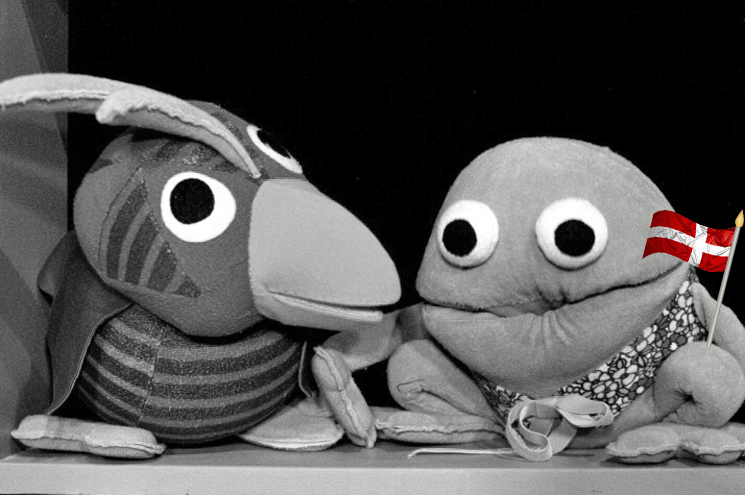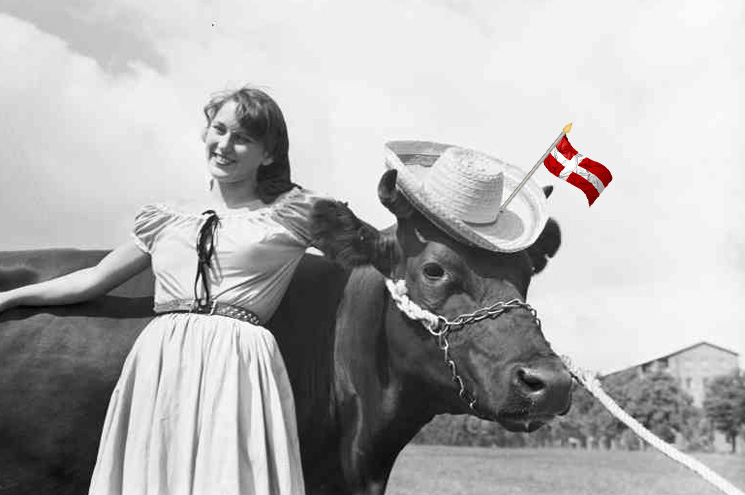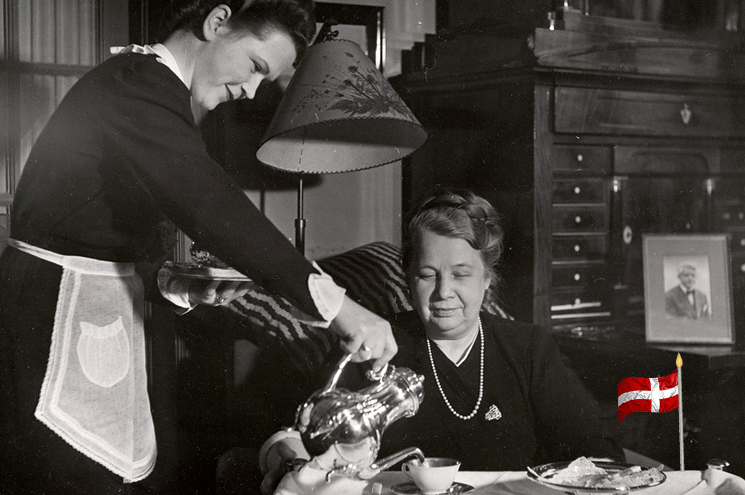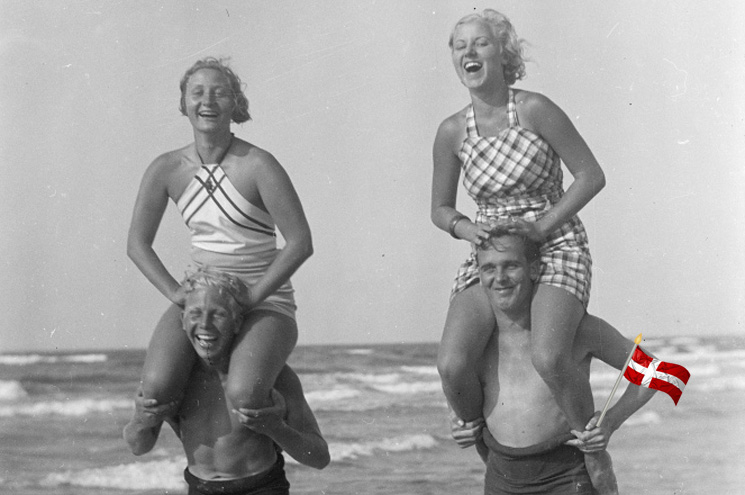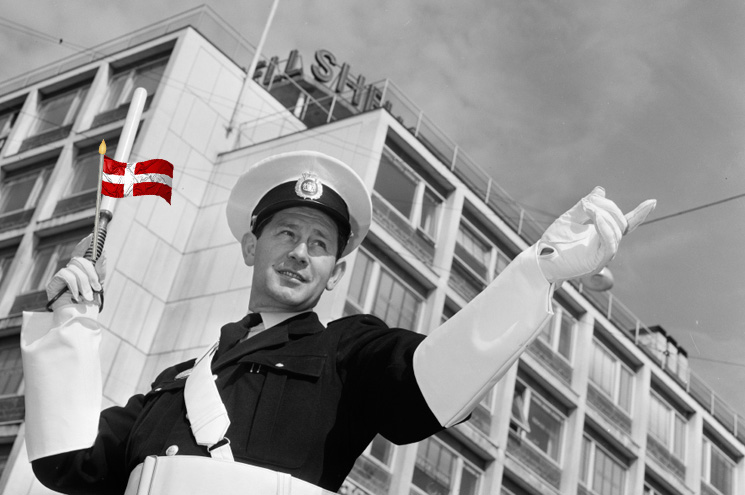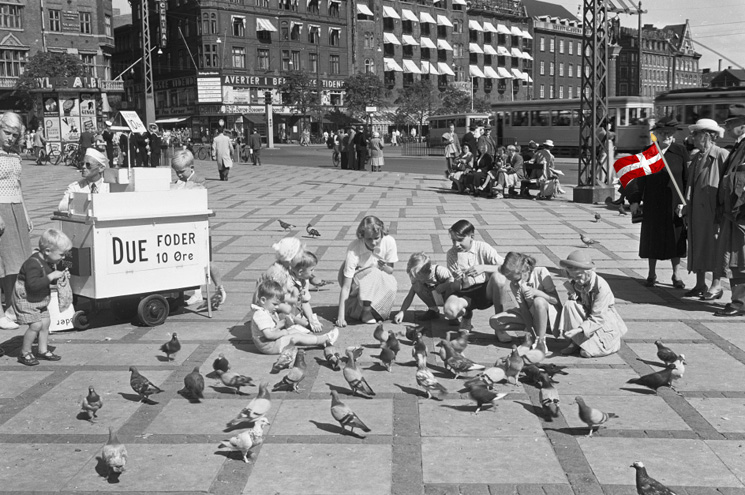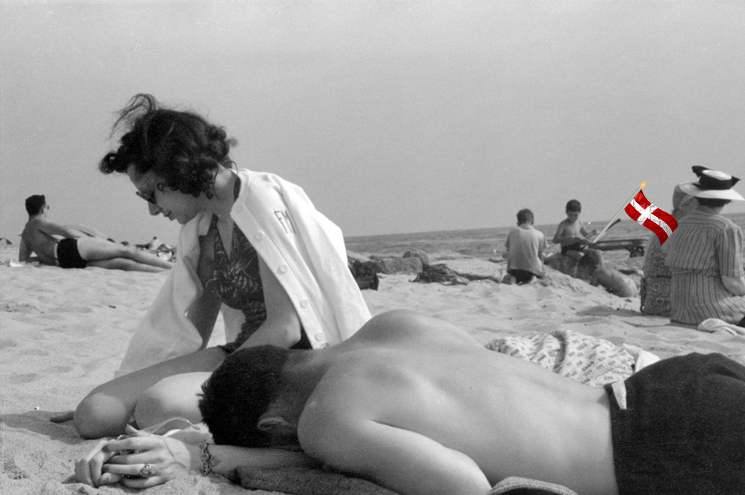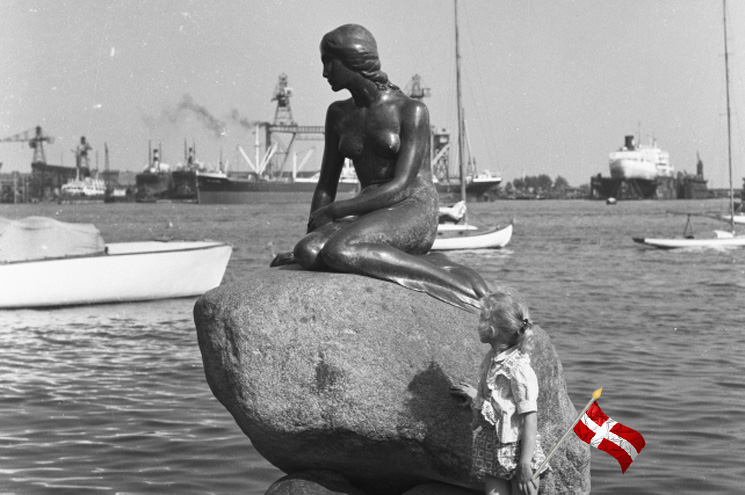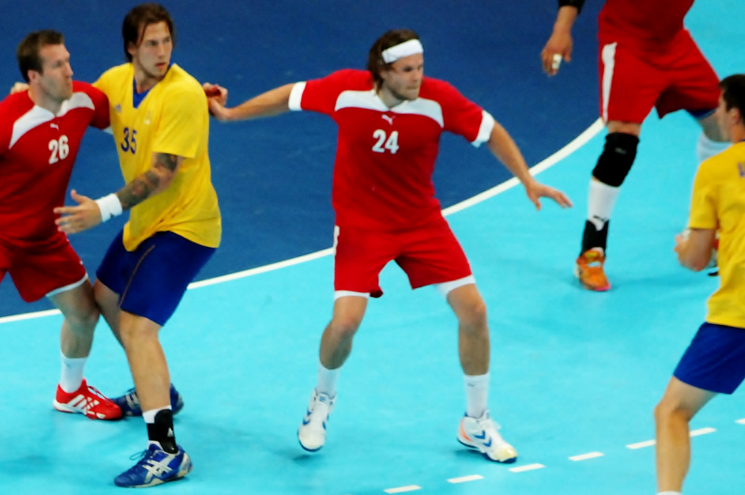I speak Danish. I have lived in Denmark for more than a decade, and I speak it reasonably well, or at least well enough to appear in my daughter’s school play in a Danish-speaking role. Other foreigners frequently ask me for my advice on how to learn Danish.
It wasn’t easy. For the first few years, I made plenty of mistakes.
Thrown out the window
Like, for example, the time when I was forced to quickly leave a sublet apartment, and told everybody that I was not thrown out (smidt ud) but thrown out the window (kastet ud.) Or like the time I went past the Fødevareministeriet (Agricultural Ministry) and, getting fødevarer confused with fodtøj, wondered why Denmark had such a big ministry for shoes.
I didn’t have much luck learning Danish from the government-funded Danish-language schools. Although I hear they’re better now, when I arrived their programs were clearly designed for a low-skill type of immigrant. One made us repeat over and over, supposedly as a pronunciation drill, “Jeg arbejder på en fabrik i Vanløse.” (“I work in a factory in Vanløse.”)
They also insisted on lumping candidates from all countries in a single class, being politically unwilling to accept that someone from Sweden might learn Danish a little faster than someone from, say, Korea. As each day’s class entered its third hour, the Swedish girl was drawing pictures in her notebook, while the guy from Korea was lost and gradually losing the will to live.

